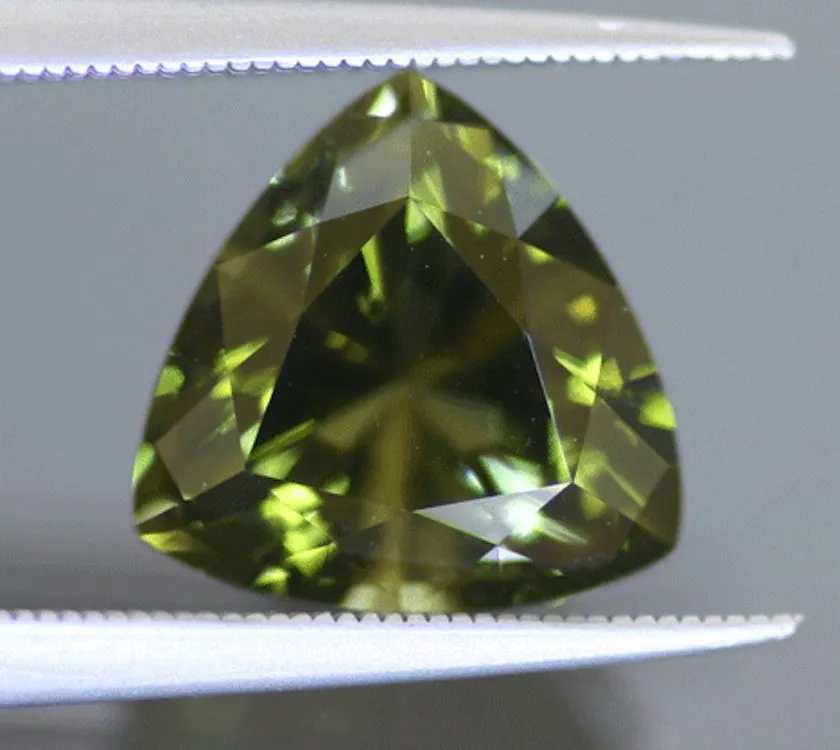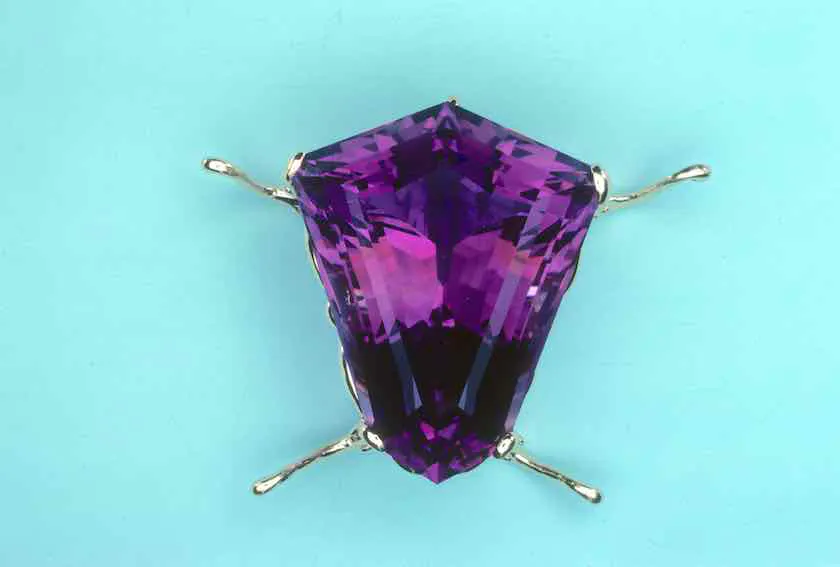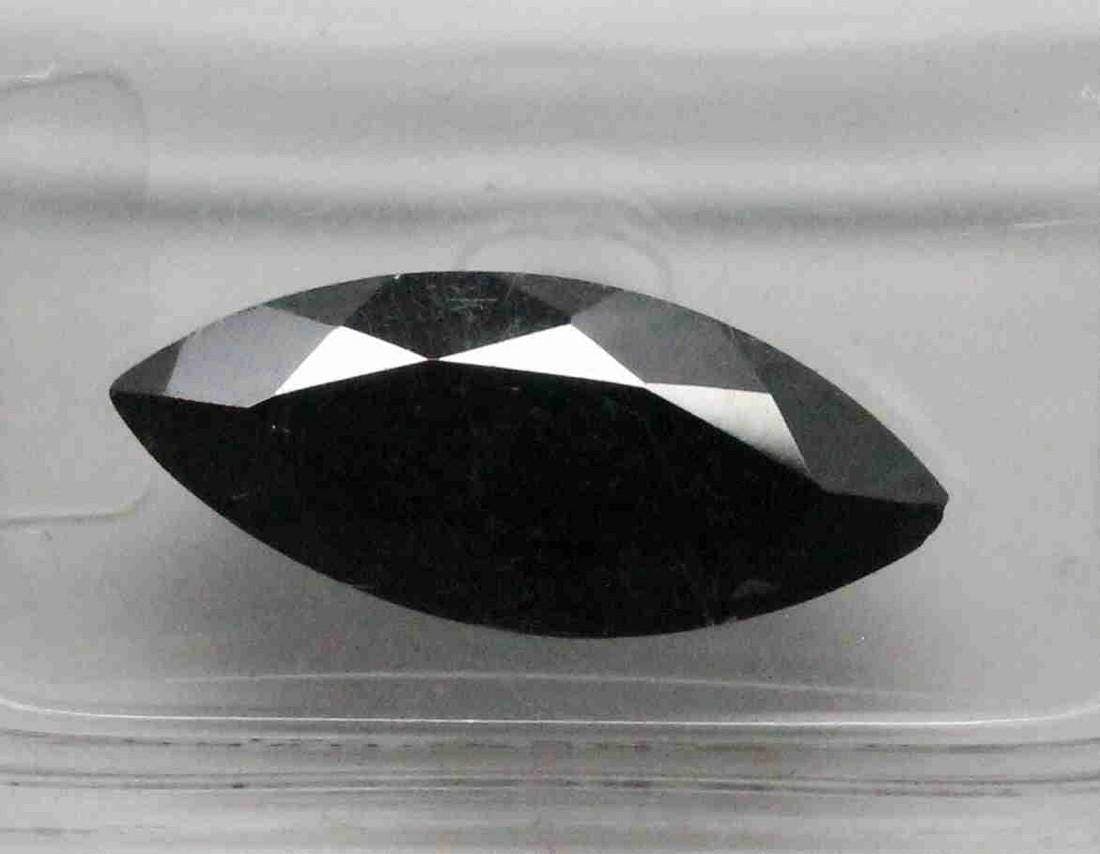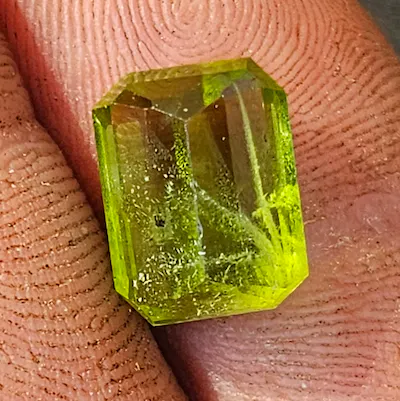News
Are Pearls from the Pearl Factory Real?
To grasp the realm of pearls within the context of the pearl factory, our journey commences with an introductory exploration. Within this segment, we shall delve into the essence of pearls and their diverse classifications. Furthermore, we shall embark on a succinct voyage through the historical landscape of pearl factories, enriching your comprehension of this captivating trade. For a comprehensive insight into this intriguing domain, delve into the informative expanse presented on the Melogems page.
Definition of pearls and types of pearls
Pearls are exquisite gems found in some mollusk shells. For centuries, they’ve been treasured for their shine and used in jewelry. Different kinds of pearls have distinct features and origins. Let’s explore the exciting world of pearls!
Here’s a list of the common types:
| Type of Pearl | Origin | Characteristics |
|---|---|---|
| Akoya Pearls | Japan | Round shape, high luster, white or cream-colored |
| South Sea Pearls | Australia, Indonesia, Philippines | Large pearls, white, silver or gold, luxurious glow, smooth surface |
| Tahitian Pearls | French Polynesia | Dark hues – black, gray, peacock green, iridescent |
| Freshwater Pearls | China, USA | Many shapes & sizes, many colors, affordable |
Plus, there are natural pearls, formed without human help. These are so rare and sought after by collectors.
When you look for pearls, appreciate the unique qualities of each one. Each pearl has its own story in size, shape, color, and origin.
Don’t miss out on the chance to own a piece of nature’s art! Whether it’s a classic or a show-stopping piece, there’s a pearl waiting to be found that will steal your heart.
Take a dive in the alluring world of pearls. Search for the one that best expresses your personality and completes any outfit.
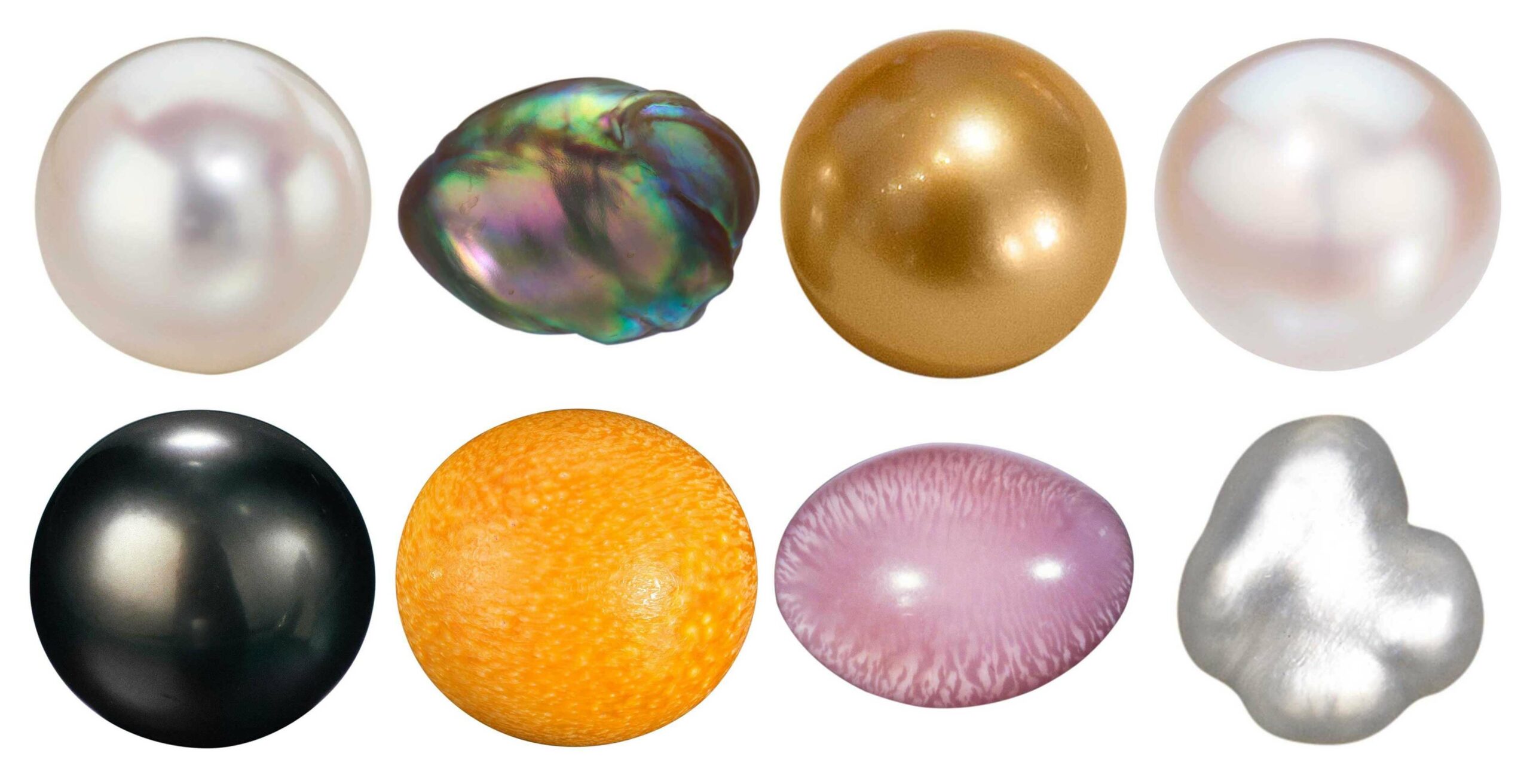
Brief history of pearl factories
Pearl factories have a deep heritage going back centuries. People wanted pearls for their beauty and rarity, and so factories were created. At first, they were taken from the ocean, but as popularity grew, pearl farmers began to raise oysters in controlled environments.
The beginning of modern pearl factories began in the 19th century, when Kokichi Mikimoto invented a technique for making cultured pearls. This made them more affordable and accessible. Mikimoto’s success inspired others, and so lots of pearl factories started up around the world.
Pearl factories have changed over time, and now use advanced technology and science. The process starts with selecting healthy oysters and putting in an irritant, like a small bead or tissue. This irritant triggers the oyster’s natural defense, and it secretes layers of nacre to form a pearl.
Pro Tip: When visiting a pearl factory, study different types of pearls and how they’re graded. This will help you choose high-quality pearls with confidence.
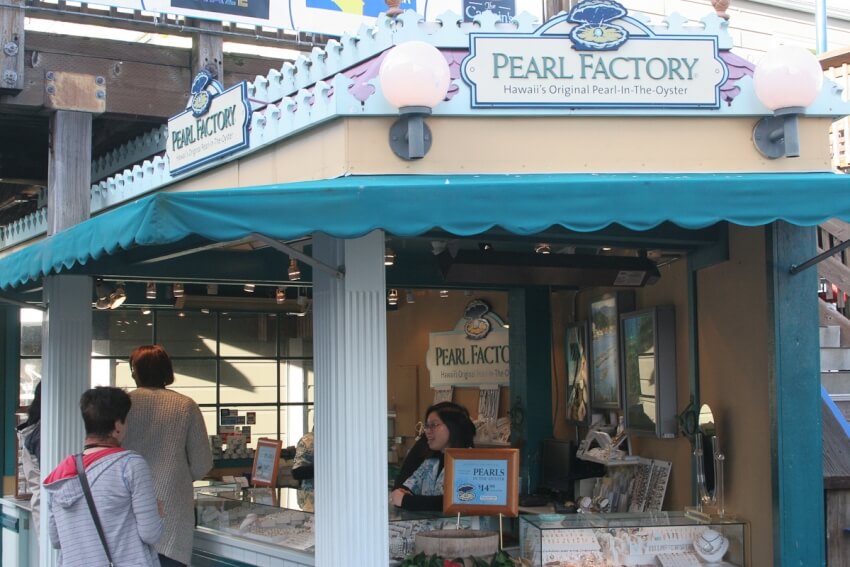
The Process of Pearl Cultivation
To understand the process of pearl cultivation, dive into how pearls are formed in oysters and the distinctions between natural and cultured pearls. Discover the secrets behind the creation of these precious gems and gain insight into the fascinating world of pearl production.
How pearls are formed in oysters
Pearl formation in oysters is an amazing process! It starts when an irritant, like sand or a parasite, enters the mollusk. In defense, the oyster secretes layers of nacre, also called mother-of-pearl, around the intruder. This protects its delicate inner tissue.
Years pass until the nacre becomes a lustrous, luminous pearl. The size and shape depend on the type of oyster and its growth time. Some pearls take 8-10 years to fully develop.
The color of a pearl is affected by many things, including the water composition where the oyster lives. This decides if it looks white or black.
Seeing the process and marveling at nature’s artistry is an experience you don’t want to miss! Learning how pearls form in oysters helps us appreciate their beauty and rarity. So why wait? Dive into pearl cultivation and explore its wonders now!
Learn how to create a pearl necklace at Melogems!
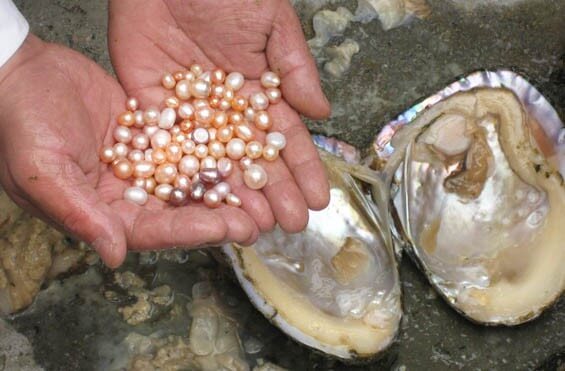
Differences between natural and cultured pearls
The fascinating universe of pearls is split into two main types: natural and cultured. Both gleam with beauty, yet are formed differently. To explore the distinctions between them, let’s make a comparison table!
| Natural Pearls | Cultured Pearls |
|---|---|
| Form without human help | Created with human help |
| Rare and pricey | Easily found |
| Form when an irritant enters an oyster or mollusk | Cultivated by implanting a nucleus |
| Small | Can be grown to size |
| Wonky shape and surface | Shaped and surfaced from controlled growth |
There’s more to know! Natural pearls cost more, and are hard to come by. Plus, they have irregular shapes and surfaces, making each one unique. Cultured pearls, however, are widely available because of their controlled production. Also, they often have a uniform look that many people enjoy.
Here are some tips for pearl fans:
- Pick what you prefer: If you crave exclusivity and admire nature’s artistry, natural pearls might be your thing. But if you need more size and consistency options, cultured pearls are a better bet.
- Budget: Natural pearls are usually more expensive. If cost is an issue, cultured ones are the wiser choice.
- Desired look: Think about your style and the effect you want to achieve. Natural pearls have a more natural feel, while cultured pearls present a smooth finish.
- Sustainability: Cultured pearls are the more sustainable option. Supporting pearl cultivation reduces the impact on natural resources and marine life.
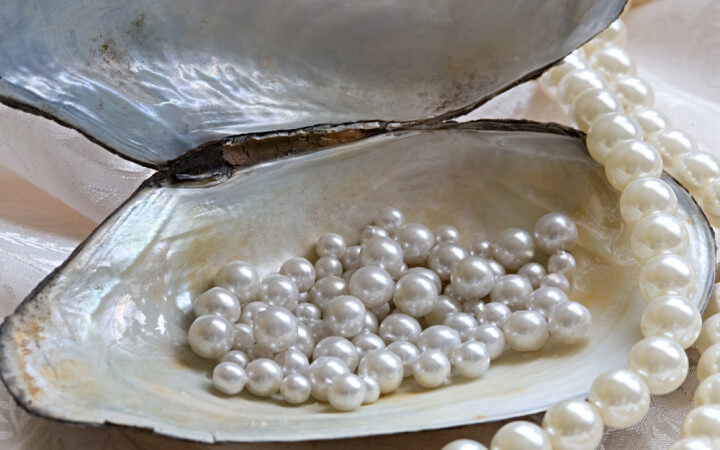
The Pearl Factory Industry
To understand the pearl factory industry, delve into an overview of pearl factories and their significance. Discover how pearls are cultivated in these factories and gain insights into the fascinating process. Unveil the truth about the authenticity of pearls from the pearl factory industry.
Overview of pearl factories and their significance
Pearl factories are a vital part of the jewelry industry. Not only do they create beautiful pearls, but also add to local economies and customs.
- These factories offer people employment, thus aiding economic growth.
- Advanced techniques and technologies are used to make consistent pearls.
- They help sustain the tradition of pearl cultivation, passing on age-old knowledge.
- The factories support the global jewelry market with an array of designs.
In addition, they strive to innovate and use sustainable methods with fewer environmental impacts.
Interestingly, the history of pearl factories is linked to ancient civilizations. From the Persian Pearl Divers to Japan’s Mikimoto artisans, each era has added its own unique techniques. It’s an amazing journey of humanity’s love of pearls through the ages!

How pearls are cultivated in pearl factories
Pearls are cultivated in pearl factories through a precise process.
First, oysters are chosen based on size, health, and potential to make high-quality pearls. These oysters are placed in controlled environments, like tanks or ponds. Water quality and temperature can be regulated here.
Next, pearl technicians add small irritants to stimulate the pearl-forming process. These irritants can be pieces of shell or beads made from natural materials. Oysters coat these irritants with nacre. This gives them a lustrous look.
Pearl experts monitor the growth of pearls. They inspect the oysters to ensure good conditions. It takes months to several years for a pearl to develop.
The harvesting of pearls is done with skilled hands. They extract the pearls without hurting them or the oyster. The harvested pearls are cleaned and polished to bring out their beauty.
Pro Tip: Store your cultured pearls in a soft cloth or pouch when not wearing them. Avoid exposing them to harsh chemicals or excessive heat. This can damage their delicate surface.
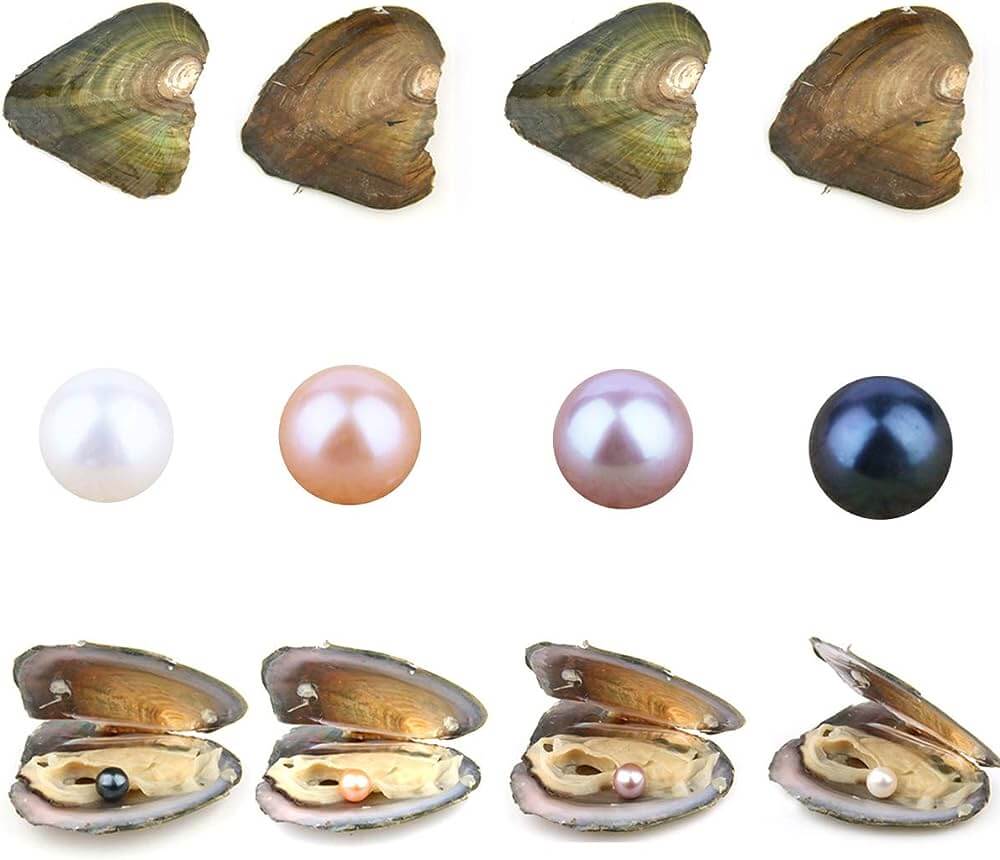
Are Pearls from the Pearl Factory Real?
To determine if pearls from the pearl factory are real, understanding the term “real” is necessary. Explore the quality and authenticity factors associated with pearls from pearl factories.
Explanation of the term “real” when it comes to pearls
When it comes to pearls, the term “real” means genuine or not. Genuine pearls are formed in mollusk shells naturally. In contrast, imitation or cultured ones are created artificially. The difference lies in origin and creation process. Real pearls grow when an irritant, like sand, enters a mollusk shell. The mollusk secretes layers of nacre. This forms into a pearl – varying in shape, size, luster, and color. Real pearls are highly prized for their beauty and worth. Imitation pearls are made from glass or plastic. They are coated with varnish or pearlescent paint to look like real ones. But, they don’t have the same value and beauty as genuine pearls. Cultured pearls fall between real and imitation. They are created by introducing an irritant, like a bead or tissue, into the mollusk shell. Layers of nacre form around it, creating a cultured pearl. Pro Tip: When buying pearls, make sure to get professional certification or reputable sources to ensure real pearls that last and keep their value.
Quality and authenticity of pearls from pearl factories
Pearl factories produce some of the highest quality and most authentic pearls. Let’s explore the factors that make them so excellent.
Luster, surface quality, shape, size and color all contribute to a pearl’s quality and authenticity. Pearl factories employ professionals who carefully cultivate these gems from nature. They prioritize sustainable habits and ensure the pearls meet high standards.
Some factories also use treatments like bleaching or dyeing to improve the pearls’ luster and color without sacrificing authenticity.
It’s incredible to witness how pearls form over time. Irritants within oyster shells gradually develop layers, becoming beautiful spheres.
XYZ Pearls is renowned for its exceptional craftsmanship. This pearl factory has been around for decades and continues to create pearls that mesmerize enthusiasts around the world.
Explore “How to Wear a Pearl Necklace Casually” at Melogems!
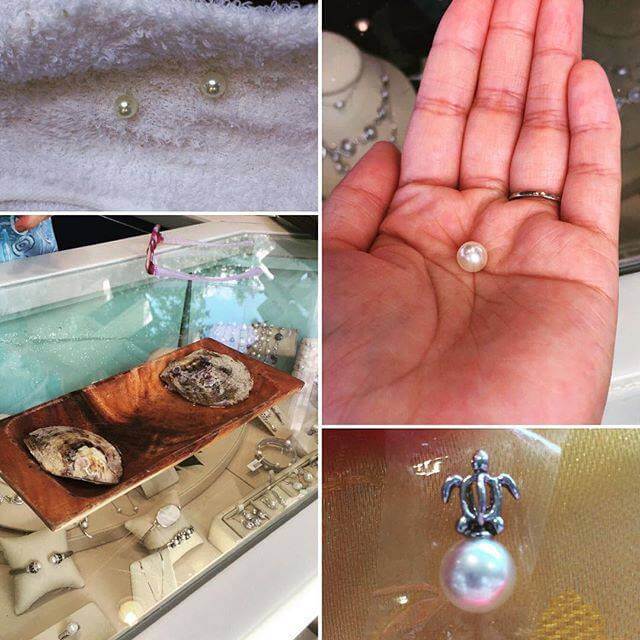
Factors Affecting the Value of Pearl Factory Pearls
To determine the value of pearls from the pearl factory, several factors come into play. These include the size, shape, and color of pearls as well as the grading systems and pearl quality. Each of these sub-sections will be explored in detail, shedding light on their significance in assessing the authenticity and worth of pearls.
Size, shape, and color of pearls
Size, shape, and color all have an important influence on the cost of a pearl. Each pearl’s individual traits can significantly impact its desirability and, in the end, its price.
To get a better understanding of how size, shape, and color affect pearl value, let’s examine these key variables more closely:
| Size | Shape | Color |
|---|---|---|
| Larger | Round | White |
| Medium | Oval | Cream |
| Smaller | Baroque | Pink |
| Drop-shaped | Black |
Each column represents something that influences a pearl’s total worth. Bigger pearls are usually more sought-after and, accordingly, cost more. Additionally, perfectly round pearls are greatly valued for their symmetrical beauty. As far as color is concerned, white pearls are most popular, followed by cream-colored ones. There is also increasing demand for pearls in unique shades such as pink and black.
Apart from these factors, it should be noted that there are other unique characteristics that can affect a pearl’s value. For example, high luster pearls are deemed more valuable since they reflect light well and improve their overall look.
It is intriguing to find out that a pearl’s origin can also influence its value. Japanese Akoya pearls, for example, are highly esteemed for their remarkable quality and tend to be pricier than pearls from other regions.
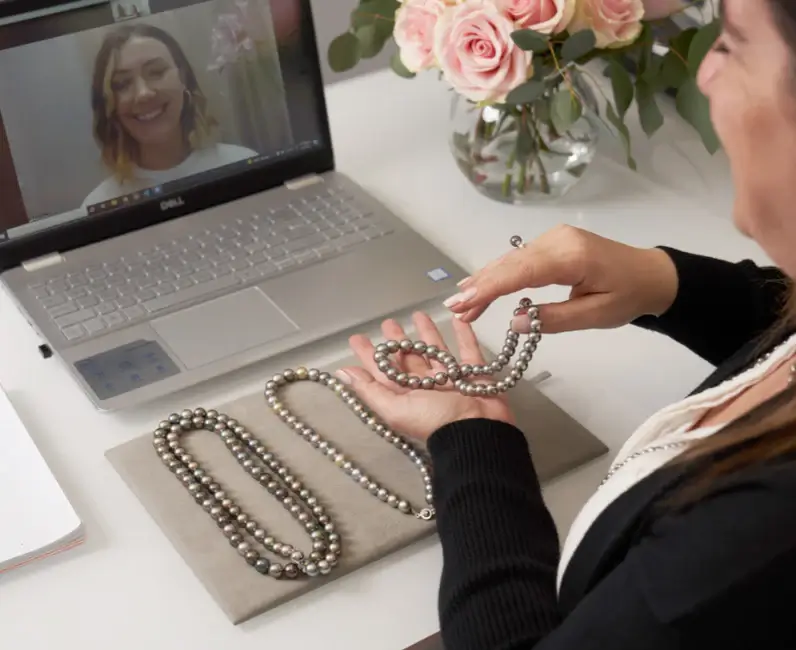
Grading systems and pearl quality
Grading systems are essential for assessing pearl quality. It is used to classify pearls based on shape, color, size, luster, surface quality and nacre thickness. These factors affect the price and desirability of pearls.
For clarity, here is a table that illustrates the different grades and their characteristics:
| Grade | Shape | Color | Size | Luster | Surface Quality | Nacre Thickness |
|---|---|---|---|---|---|---|
| AAA | Round | White/Light | 8-9mm | Excellent | No blemishes | Thick |
| AA+ | Near Round | Cream/Ivory | 7-8mm | Very Good | Minor blemishes | Medium |
| AA | Off-Round | Rose/Light Pink | 6-7mm | Good | Noticeable flaws | Thin |
AAA-grade pearls are round and have excellent luster without any flaws. On the other hand, AA-grade pearls may have minor blemishes and an irregular shape. Note that these grading systems may vary from seller to seller.
More than the standard grading factors, pearl graders also consider overtone, orient and matching. These further enhance the beauty and value of pearls. This requires skill and expertise, making pearl grading a complex process.
A renowned pearl grader once discovered a rare, natural gray pearl with an exquisite orient and overtone. This pearl was highly sought after due to its uniqueness and rarity. Its value skyrocketed, showing the impact of unique qualities on pearl worth.
Identifying Authentic Pearls from Pearl Factories
To identify authentic pearls from pearl factories and determine their genuineness, rely on the following solutions: tips for determining the authenticity of pearl factory pearls and common indicators of fake or imitation pearls.
Tips for determining the authenticity of pearl factory pearls
Pearl factory pearls are all around, so it’s key to know the difference between real and fake. Here are some tips to help you out:
- Check for luster. Genuine pearls have a gentle light-reflecting shine. Fake ones often have a shiny, shallow surface.
- Examine the surface. Real pearls usually have small imperfections, like dimples or bumps. Fakes have a smooth, perfect look.
- Feel the weight. Real pearls are heavier because of their nacre layers. If a pearl feels too light, it may be artificial.
- Do the tooth test. Rub the pearl against your teeth. Natural pearls should feel slightly rough. Fakes will feel smooth.
These tips aren’t guaranteed. Counterfeiters keep finding new ways to copy real pearls. But, following these guidelines can help you pick out genuine pearl factory pearls.
One thing that stands out in the world of authentic pearls is the 1917 Jacques Cartier purchase. He exchanged two strands of natural pearls for his Fifth Avenue mansion. That showed off the value and beauty of real pearls.
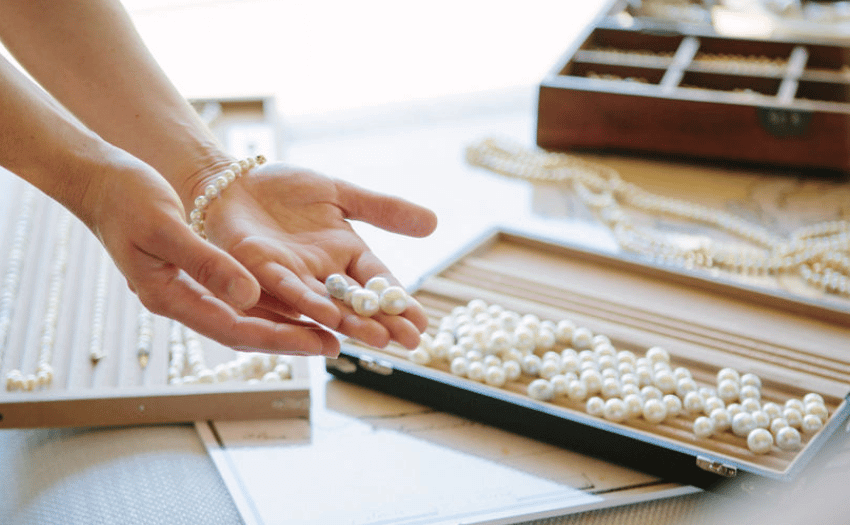
Common indicators of fake or imitation pearls
Pearl counterfeiting is a serious worry for the jewelry industry. To protect buyers from getting tricked, it’s important to recognize common tell-tale signs of fake or imitation pearls. Here’s what to look for:
- Uniformity: Genuine pearls don’t usually have perfect symmetry. Check for shape and size variations.
- Luster: Imitation pearls often don’t have the glossy shine of real ones. High-quality pearls have a deep, radiant luster.
- Surface Imperfections: Real pearls may have minor bumps or irregularities. Fakes are usually overly flawless.
- Weight: Authentic pearls are usually heavy, due to their solid nacre. If it feels too light, it might be fake.
Be wary if a pearl has multiple suspicious signs. While real pearls can have individual characteristics, several warning signs should raise doubts.
Now, here’s a unique factor to consider. Under a magnifying glass, genuine ones usually have “growth marks.” These tiny imperfections happen naturally during creation and are additional proof of authenticity.
To show the importance of recognizing real pearls, here’s a fascinating story. A customer once bought a high-quality strand of pearls from a black market dealer. But after asking an expert jeweler, it turned out the beautiful pearls were just crafted imitations worth only a fraction of their claimed price.
Conclusion
To conclude your exploration on the authenticity of pearls from pearl factories, it’s important to consider the following: final thoughts on the authenticity of these pearls and the significance of knowing their source and quality before making a purchase.
Final thoughts on the authenticity of pearls from pearl factories
Pearls are treasured for their exquisite beauty. To understand their production, we must look at pearl factories. Craftsmen in these factories replicate the natural formation process of pearls. They create artificial gems that closely resemble natural ones. From their luster to surface imperfections and even iridescence, they look just like the real thing.
But buyers can still identify clues that indicate a pearl’s origin. Variations in color and irregularities on the surface can give us insight. As consumers, it is important to be knowledgeable about factory methods. Knowledge gives us power to make informed decisions when buying these precious gems.
Importance of knowing the source and quality of pearls before purchasing
It’s important to know the source and quality of pearls before buying. This will make sure you get a genuine, high-quality product that meets your expectations. It helps you make an informed decision.
Understand where the pearls come from. Different regions create pearls with different features such as size, color, luster, and shape. Knowing this helps you find ones that match what you want.
Checking the quality of pearls is important. Factors like surface perfection, nacre thickness, and orient affect the value. Learning these things makes sure you get pearls that meet your standards.
Considering the source and quality of pearls also helps maintain ethical practices. Buy from sellers who prioritize sustainable and fair trade methods. This supports a healthy environment for oysters and pearl cultivators.
Frequently Asked Questions
1. Are pearls from the Pearl Factory real?
Yes, all the pearls from the Pearl Factory are real. They are cultured pearls that are grown inside oysters through a natural process.
2. How are cultured pearls created?
Cultured pearls are created by inserting a small irritant, usually a piece of shell, into an oyster or mussel. The mollusk then coats the irritant with layers of nacre, which eventually forms a pearl.
3. Are cultured pearls less valuable than natural pearls?
While natural pearls are extremely rare and valuable, cultured pearls are still considered real pearls and can be of high quality. The main difference is in their origin, but both types can be equally beautiful.
4. How can I tell if a pearl is real or fake?
To determine if a pearl is real, you can perform various tests such as the tooth test (lightly rub the pearl against your tooth to feel its slight grittiness) or the X-ray test (to check for a solid, layered structure). However, it’s always best to purchase pearls from reputable sources.
5. What is the return policy for pearls purchased from the Pearl Factory?
The return policy for pearls purchased from the Pearl Factory may vary. It is advisable to check the specific terms and conditions provided by the factory or contact their customer service for detailed information on returns and exchanges.
6. Are there any warranties or guarantees for pearls bought from the Pearl Factory?
Some Pearl Factory locations may provide warranties or guarantees for the pearls they sell. It is recommended to inquire with the specific store or refer to their website for information regarding any warranties or guarantees that may be offered.

